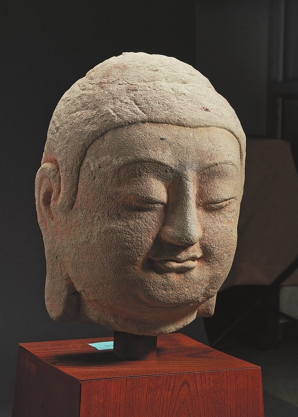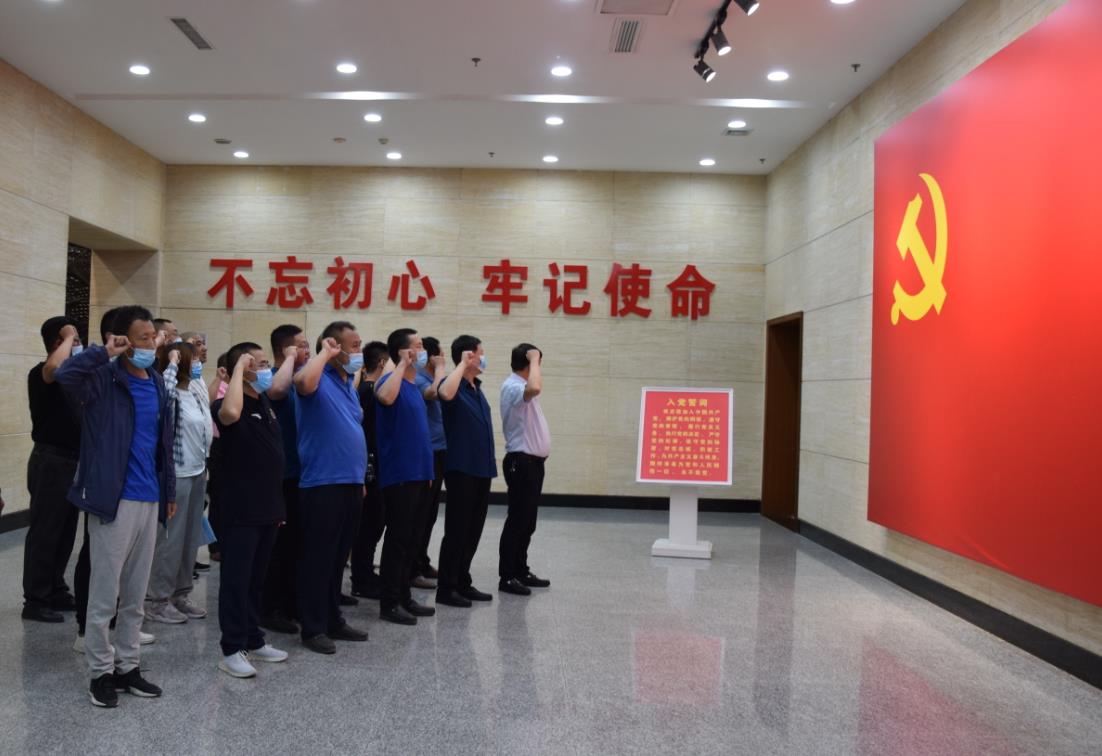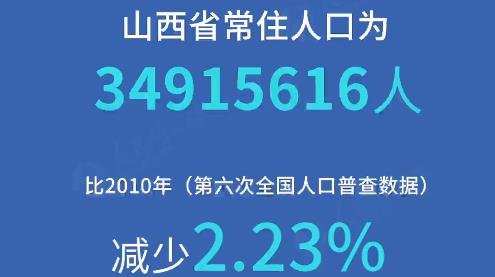
The Buddha head sculpture is the 100th cultural relic item retrieved by China from overseas in 2020.
A Buddha head sculpture was shown for the first time on State broadcaster China Central Television's Spring Festival Gala on Feb 11, marking its first public appearance after its return from Japan two months ago.
The stone Buddha head, stolen from one of the statues in Tianlongshan Grottoes in North China's Shanxi province and smuggled to Japan nearly 100 years ago, was brought back to China on Dec 12, Xinhua News Agency quoted the National Cultural Heritage Administration as saying.
The NCHA said it was the 100th cultural relic item retrieved by China from overseas in 2020.
The administration first identified the Buddha head in September 2020 as a relic from Tianlongshan Grottoes in the suburbs of Taiyuan, capital city of Shanxi province, when the sculpture resurfaced at a Japanese auction house.
Tianlongshan Grottoes, 36 kilometers to the southwest of Taiyuan, is notable for the Buddha statues in its 25 caves. Construction of the grottoes began in the Eastern Wei Dynasty (534-550) and continued until the Tang Dynasty (618-907).
In the 1920s, a large number of statues-over 240, according to the NCHA-were stolen from the grottoes and smuggled overseas, and are currently housed in museums in Japan, Europe and the United States, or have been obtained by individual foreign collectors.
After identifying the to-be-auctioned Buddha head to be a relic from Tianlongshan, the NCHA contacted the auction house and required a halt to the sale, according to Xinhua reports.
The most fortunate thing about the Buddha head is that Zhang Rong, board chairman of the auction house, is a Chinese national. In late October, after buying the Buddha head from the Japanese collector, Zhang decided to donate the sculpture to the Chinese government, Xinhua reported.
"Purchasing the relic was the simplest way to bring it back to China, instead of conducting lengthy negotiations with the foreign collector," Zhang told Xinhua.
Zhang said as a Chinese citizen, his action in helping to retrieve the sculpture was driven by patriotism.
Examinations and evaluations conducted by experts after the Buddha head arrived in Beijing found that the relic had been stolen from a statue in Cave 8 of the grottoes in around 1924.
After its public debut on CCTV, the Buddha head is being exhibited at the Beijing Luxun Museum.
On Feb 16, Hang Kan, a professor of archaeology at Peking University, and head of the Yungang Grottoes Academy, held a seminar at the museum to share with audiences his insights into the historical, cultural and artistic values of the sculpture as well as the Tianlongshan Grottoes.
He said the grottoes were built during the period from the warring Northern Dynasty (386-581) to the prosperous Tang Dynasty and this was also a period featuring the localization of Buddhist arts.
He suggested audiences pay special attention to the facial expression of the Buddha head.
"Seen from every angle, the Buddha presents a smiling expression. This is a show of confidence identical to a prosperous period like the Tang Dynasty," Hang said.
The Buddha head will return to Tianlongshan Grottoes after exhibition and research work is finished in Beijing, according to Yu Hao, head of Tianlongshan Grottoes Museum.
The official said the Buddha head will not be returned to its original body as the body is no longer intact because of weathering and water erosion. Instead, it will be displayed at the museum.
Guo Yanjie contributed to this story.
By YUAN SHENGGAO
 山西路桥:党建引领 建好“四好农村路”山西路桥建设集团党委扎实开展“党建质量提升年”,实施“六大工程”,立足“十四五”高质量、高速度、高效益发展的战略基点,全面提高党建质量和党建引领发展水平,为打造“国内一流的交通基础设施投资、建设、施工现代化企业集团”提供坚强政治保障。
山西路桥:党建引领 建好“四好农村路”山西路桥建设集团党委扎实开展“党建质量提升年”,实施“六大工程”,立足“十四五”高质量、高速度、高效益发展的战略基点,全面提高党建质量和党建引领发展水平,为打造“国内一流的交通基础设施投资、建设、施工现代化企业集团”提供坚强政治保障。
 常住人口3491万 山西人口普查数据"出炉"山西省统计局向社会通报山西省第七次全国人口普查主要数据。数据显示,山西省常住人口为34915616人,比2010年(第六次全国人口普查数据,下同)减少2.23%,年平均减少0.23%。山西省常住人口总量减少,主要受人口流动变化等因素影响。
常住人口3491万 山西人口普查数据"出炉"山西省统计局向社会通报山西省第七次全国人口普查主要数据。数据显示,山西省常住人口为34915616人,比2010年(第六次全国人口普查数据,下同)减少2.23%,年平均减少0.23%。山西省常住人口总量减少,主要受人口流动变化等因素影响。